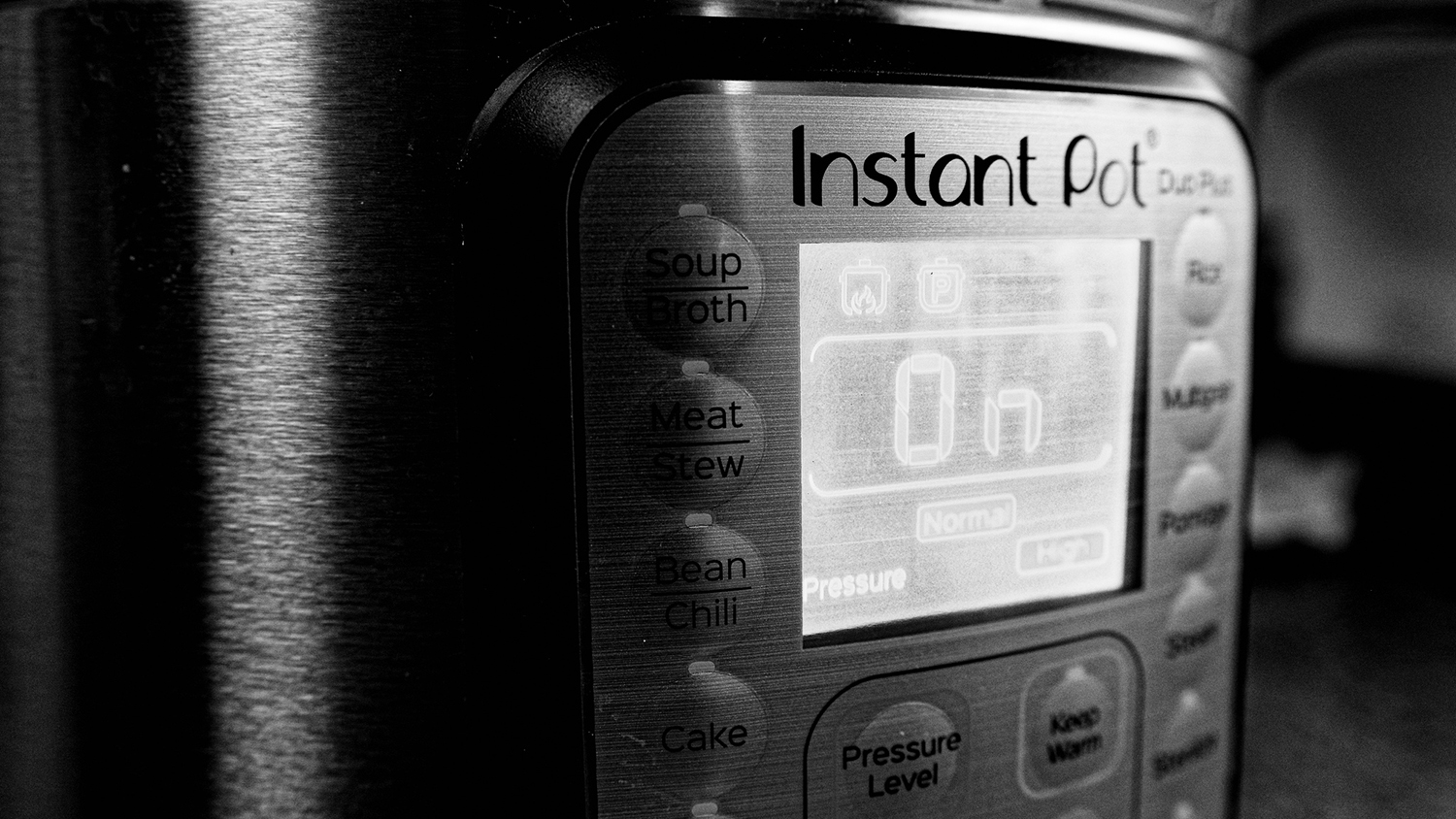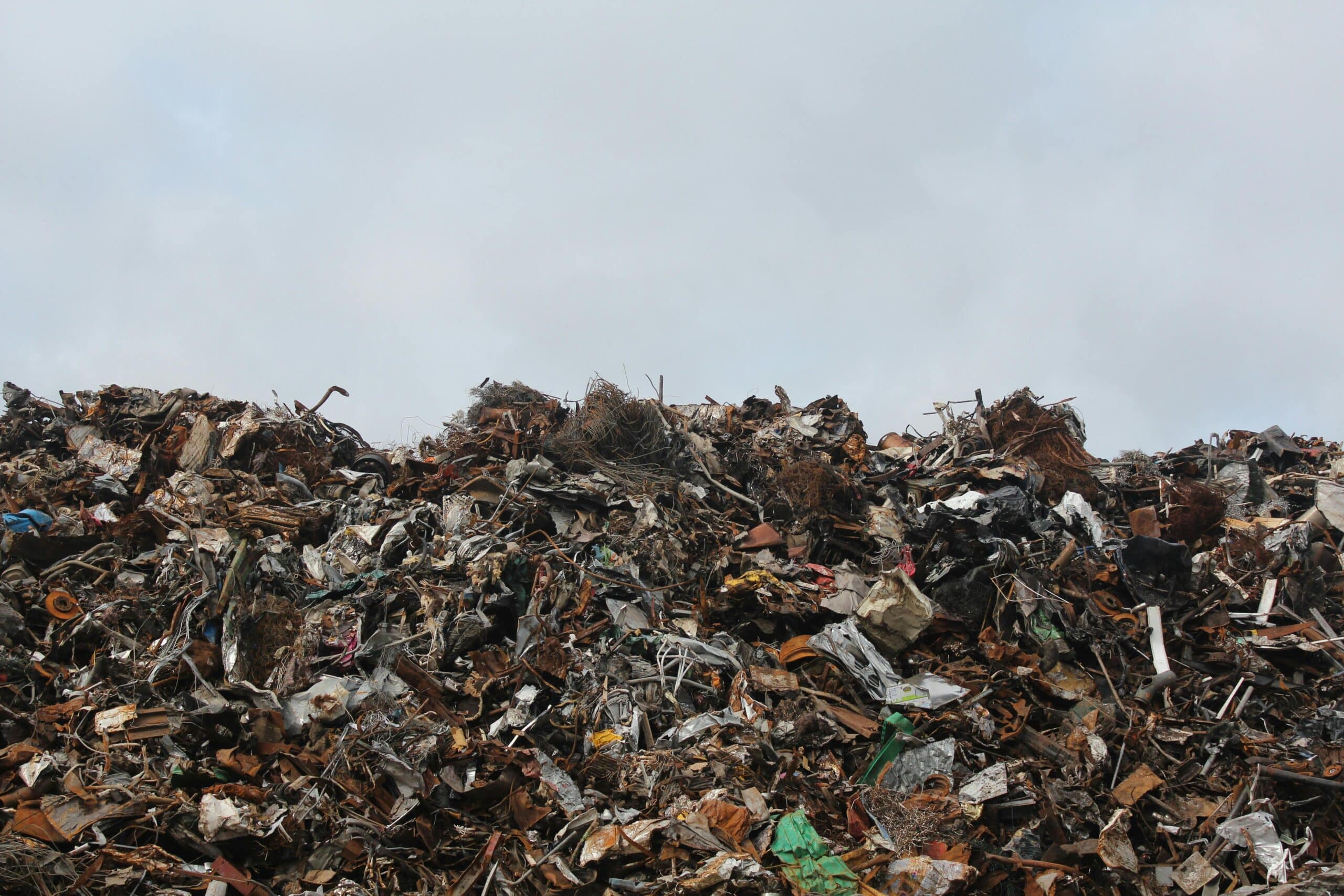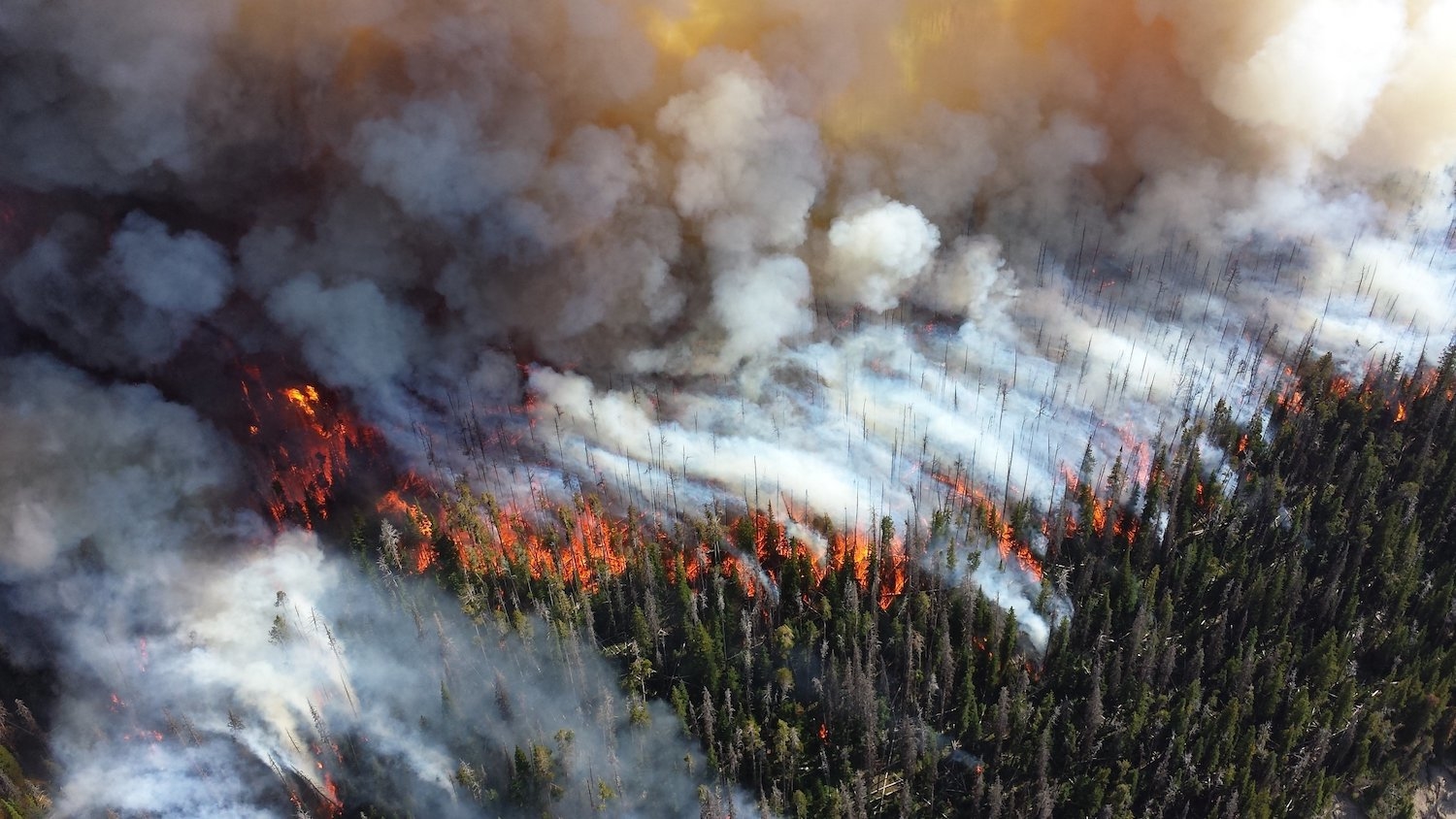Why Does Food Cook Faster In A Pressure Cooker?

Electric pressure cookers, like the Instant Pot, have grown in popularity in recent years. One reason for this is that they allow people to prepare meals more quickly. But a lot of people aren’t sure why electric and stovetop pressure cookers prepare food faster than conventional stovetop cooking. And many people also wonder whether pressure cookers are actually safe.
You have questions, we have answers.
Why does food cook more quickly under high pressure? (Or, why does food cook more quickly in an Instant Pot?)
Let’s talk about heat.
Hot air rises. So, when you cook in a regular pot on your stove, a lot of the heat escapes. When moisture in the food turns into steam (which happens at 212 degrees Fahrenheit if you’re at sea level), a lot of that moisture also escapes through evaporation.
But when you’re cooking in a pressure cooker, there’s nowhere for that hot air and steam to go – it’s trapped.
“Because the hot air and steam are trapped, a pressure cooker allows you to heat the moisture – steam and water – above its normal limit of 212 degrees Fahrenheit,” says Ben Chapman, a food safety researcher at NC State University. “And the pressure cooker traps that hot air and moisture with the food, which expedites the cooking process.
“In other words, the moisture surrounding the food itself reaches higher temperatures than it would without the pressure, which speeds up the chemical processes involved in cooking. But the food doesn’t dry out like it would in an oven or on a stovetop, because the moisture has nowhere to go.”
Are pressure cookers risky to use?
No, not usually.
Air and steam expand as they heat up. So, if no hot air and steam is allowed to escape, a pressure cooker can explode.
“Most modern pressure cookers have a safety valve that is designed to release hot air and steam when the pressure inside the vessel reaches a certain point,” Chapman says. “Once the pressure has been relieved, the valve shuts again.
“Modern pressure cookers should also have a release valve that allows you to vent hot air and steam before opening the lid. That’s important, because you don’t want the lid to fly off, or to get scalded by steam when you open the lid. (Even with the release valve, it’s a good idea to open the lid away from you.) In some models, the safety and release valves are located in the same part of the cooker.”
Can I cook frozen food in a pressure cooker?
You can cook frozen food in anything. The real question is: “Is it safe to cook frozen food in a pressure cooker?” And the answer is yes.
“The food safety concern here is that you don’t want foods – like raw meat or poultry – to be in the temperature ‘danger zone’ for a long time,” says Natalie Seymour, a food safety extension associate at NC State. “That can happen if you’re cooking frozen foods in a crockpot or a slow cooker, or even in the oven.
“The danger zone is between 41 degrees and 135 degrees Fahrenheit (5-57.2 degrees Celsius), which is the temperature range that promotes pathogen growth,” Seymour says. “It’s also the temperature range that allows pathogens to produce toxins that can persist even after the temperature gets high enough to kill the pathogens themselves. Just killing the pathogens won’t make food safe if they have already created heat-stable toxins.”
In short, you can cook frozen food safely using anything, as long as you monitor the temperature to ensure that it spends less than four hours in that temperature “danger zone.” That can be challenging if you’re using a slow cooker.
“However, because of how they work, pressure cookers do a good job of getting foods through the temperature danger zone pretty quickly,” Chapman says. “That makes it safe to cook frozen foods in a pressure cooker.”
What’s the difference between a pressure cooker and a pressure canner? Can I use them interchangeably?
Pressure cookers and pressure canners are not the same thing, and you shouldn’t think of them as being interchangeable. A good rule of thumb is that you can use a pressure canner as a pressure cooker, but you cannot use a pressure cooker as a pressure canner.
“Pressure canners have to be able to reach and maintain a consistent internal temperature of 240 degrees Fahrenheit (115.5 degrees Celsius) in order to inactivate the spores that cause botulism poisoning,” Chapman says. “But pressure cookers are variable and often don’t reach temperatures of 240 degrees. Also, electric pressure cookers – like Instant Pots – run on a cycle, in which the internal temperature rises and falls. That means they can’t be used as pressure canners.”
Note: You can find additional resources for pressure canning here.
- Categories:


